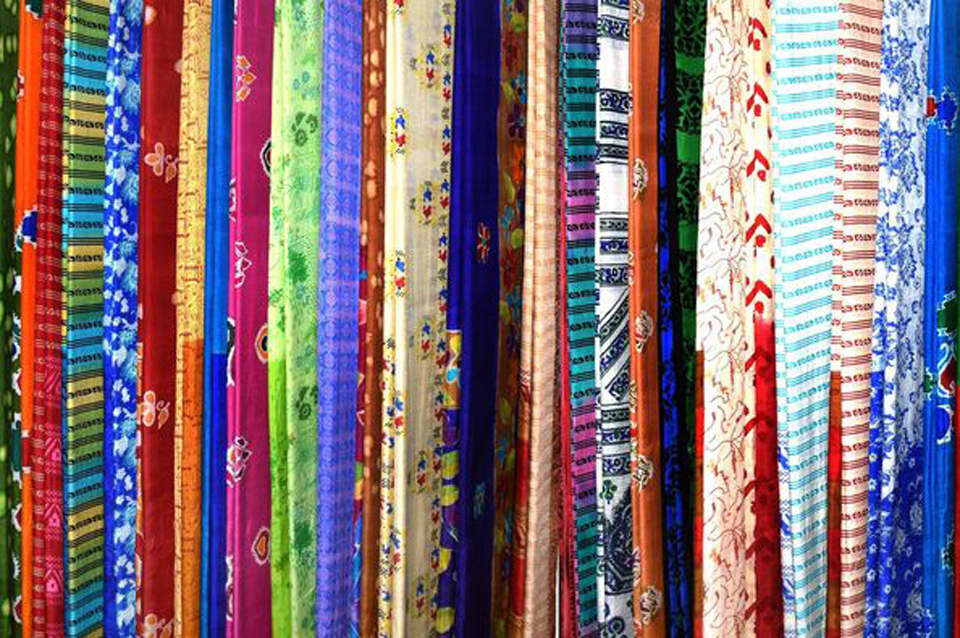
RAJSHAHI, April 12, 2022 (BSS) - The silk clothes shopping gained momentum on Eid-ul-Fitr, one of the biggest religious festivals of the Muslims, as the clothing showrooms are seen buzzing with the silk buyers in the region famous for quality silk production.
Silk fabrics, woven and designed by local artisans, are on huge demand in the Eid markets of the city, with the affluent people rushing to the silk showrooms every day.
Saidur Rahman, showroom in-charge of Sapura Silk, said katoar shari of muslin is on the top of buyers' choice, selling from Tk 3,500 to Tk 1, 50,000.
He said silk-made sharis, punjabees, three-pieces and children's dresses were assembled at the showrooms.
Usha Silk has also brought a new design with stripe which is being sold at Tk 1,900 to Tk 6,500 per piece, sellers said.
Because of high demand of silk, factories in the BSCIC industrial estate are seen operating round the clock as the labourers are passing their sleepless nights to supply the market demand.
Nur Alam Bulbul, showroom in-charge of Usha Silk, said their sharies are being sold at Tk 1,150 to Tk 50,500 and the three-pieces priced at Tk 2,500 to Tk 75,500.
He said silk clothes business could be expected at around Tk 30-35 crore during the current Eid season.
Varieties of silk clothes namely Bolakakar Chupi, Sui-Sutakatan, Kotisilk, Joyashri, Silk Katan, Water Katan, Jamdani Katan, Borkatan, Dupiana, Jhornakatan, shari, three piece, orna, panjabi-pajama, shirt, fatua and scarf are on display in every shop and showroom to attract the buyers.
The well-off buyers are purchasing their best choice whatever its price is while the middle and low-income groups are seen bargaining with the sellers.
Silk manufacturers including Sapura Silk, Usha Silk, Rajshahi Silk Fashion, Amena Silk and Mohananda Silk are doing their brisk business on the Eid, bringing new designs and colours of clothes made by silk.
Liakat Ali, president of Bangladesh Silk Industry Owners Association, laid emphasis on elevating the sector for saving the huge hard-earned foreign currencies which are spent for import of the silk yarn.
He said the issue of the consumers' demands should be given priority. 'The glorious silk sector is now facing an embarrassing situation due to the excessive price of foreign silk yarn and decline of local production,' he added.
He said the sector needs initiatives to retain the skilled labourers, especially the rearers, weavers and printers by profession in the greater interest of the sector as there is no alternative to boosting local production to protect the sector.
Importance should be given on information dissemination on the high-yielding mulberry trees and silk-cocoons and other relevant technologies among the farmers to attract their interest, Liakat Ali said.
He also stressed proper use of plant varieties and modern technologies at the growers' level and increased domestic production of yarn to help revitalize the traditional silk sector.